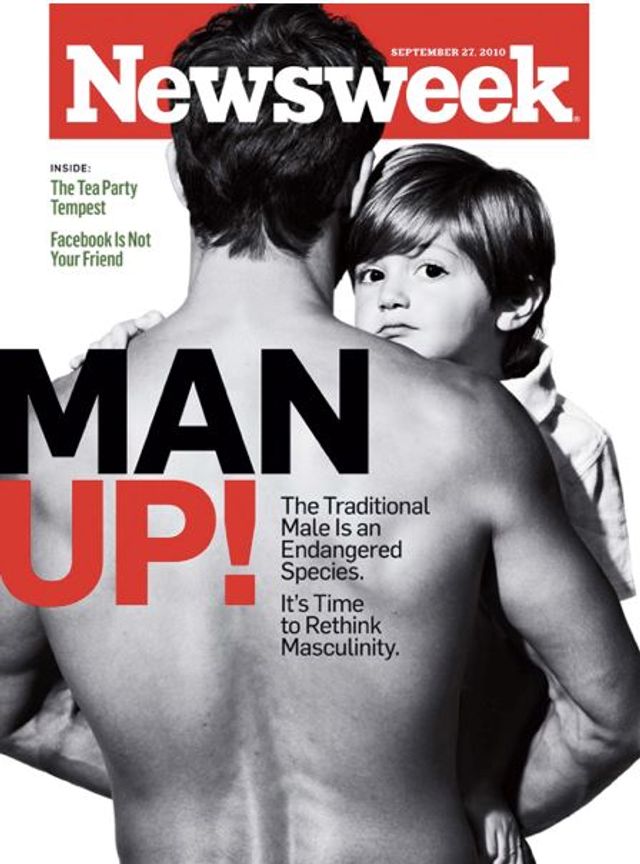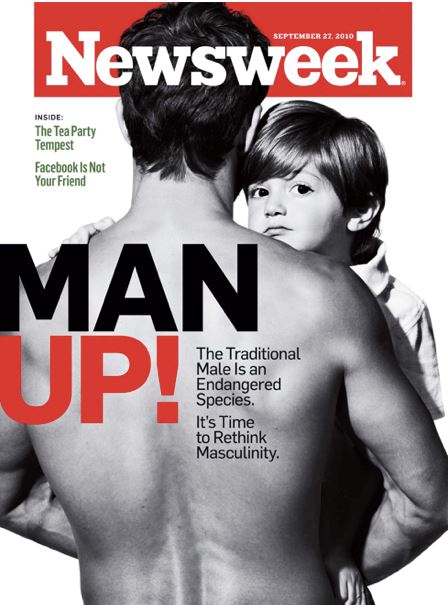A fresh (and 100% authentic) take on Mining gender diversity!

A fresh (and 100% authentic) take on Mining gender diversity!
Diversity and discrimination are clearly hot topics right now, from gender quotas, to ageism, ethnicity, religious beliefs, physical ability and on it goes.
A big one in the mining space of course is gender, both in the board room and on the production front line.
Over the past few months, as part of our Executive Search and Board Appointments focus we have held conversations with more than 100 Senior Executives and Non-Executive Directors. Clearly more people are talking about this at the highest level in mining (in fact all) businesses and that’s fantastic however we still have a long way to go.
I find most of the arguments trivial and not at all motivating, relying on some people on one side of the issue, with no vested interest in making any changes and (in some cases) others coming with a tone of 'poor me'. I said in ‘some’ cases. Most of the independent professional women I know, hate to think that they need to be 'stuck up for' and take the view that; 'I can look after myself'.
So we present two views here; firstly, the conventional one and then a more radical one which got me thinking like few of the other articles I have read on the topic.
Firstly the approach we’re seeing - and that we support:
I say ‘conventional’ in terms of it being the view held by most modern, forward thinking mining business leaders. They are making ACTIVE choices around their organisational culture that encourages the meaningful engagement of females in the work place. Without this the mining industry, 'our industry', will continue to carry the perception of a blokey, macho industry.
Surely we are better than that.
Let’s be super clear here. Why this is important is that while most professional women can look out for themselves, we need to remember not everyone is independent, confident or is given a fair hearing. Especially as a young professional graduate, or a female tradesperson on a construction site for example.
This is why organisations such as WIMWA exist, to provide a support network for women.
However, despite the great work done by these kinds of organisations, progress remains slow.
Another approach:
This one is a bit more radical, but is aimed at changing the attitudes of the current generations of boys and very young men to create more permanent change.
Importantly, this shouldn’t be about choosing one way or the other. All of us in the current generation that supports inclusion need to keep at it, but at the same time if we tackle the next generation then we get their faster.
Ross Clennett, high performance consultant to the recruitment industry, presents a completely different tack. He shares his own story, which could be described as much about role reversal, however, the big message for me was about appealing to the next generation of young fathers to be and challenging them head on to take some simple practical steps to ensure that things finally are different, in the years ahead.
It is refreshing, real and grass roots focussed.
Below are some brief excerpts….
If the topic is of interest to you, or you know others who are, I encourage you to read and share it. It is likely to inspire you like few of the other articles I have read on the subject.
... I share this information because I want fathers (and fathers-to-be) to step up and I want women to ensure they ask men to partner with them so each woman can have the personal and professional life that they want, rather than the one they feel they have to settle for, because ‘that’s the way it’s always been’. The current gender/work/family/household imbalance in Australia, and most other parts of the world, is not healthy for a family’s wellbeing and longevity. The way to be part of the shift is to have a conversation with your spouse/partner now. What does she or he want for the future in terms of work/family? How does that align with what you want? How could you make that work? What needs to change now, or in the near future?

Ross based his article on two books, The Wife Drought: Why Women Need Wives and Men Need Lives by Annabel Crabb (Ebery Press, 2014) and Lean In: Women, Work and the Will to Lead by Sheryl Sandberg (Knopf, 2013).
Some of the stats he quotes are compelling. The research was Australia centric but I’m sure apply in many parts of the world. Some excerpts again;
- Women make up 60% of Australia’s graduates, 45% of middle management, 10% of executive positions and 3% of CEOs in the ASX200.
- Hewlett Packard, in a study undertaken to understand why women were not making it to senior management ranks as frequently as men, discovered that female internal candidates for promotion didn’t put themselves forward until they believed they satisfied 100% of the criteria given. Male candidates, on the other hand, tended to apply once they had 60% of the criteria requested.
- Australia is 24thin the world for pay equality. Women are paid an average of 17% less than men when standardised for experience, qualifications and hours worked. Low skilled women were paid an average of 8% less and high skilled women were paid an average of 28% less.
- 43% of Australian mother’s with primary school children work part-time, but only 5% of fathers do.
- Of Australian couple families with kids under the age of fifteen, 60% have a dad who works full time and a mum who works part time or not at all. Just 3% have a mum who works full time and a dad who works part time or not at all. (page 7)
The full article is here. Thanks Ross.
Mothers, families, work and role sharing: what I have learned
Posted: 15 Jan 2016 12:39 PM PST
Steve Heather Managing Director & Principal Executive Search Mining People International